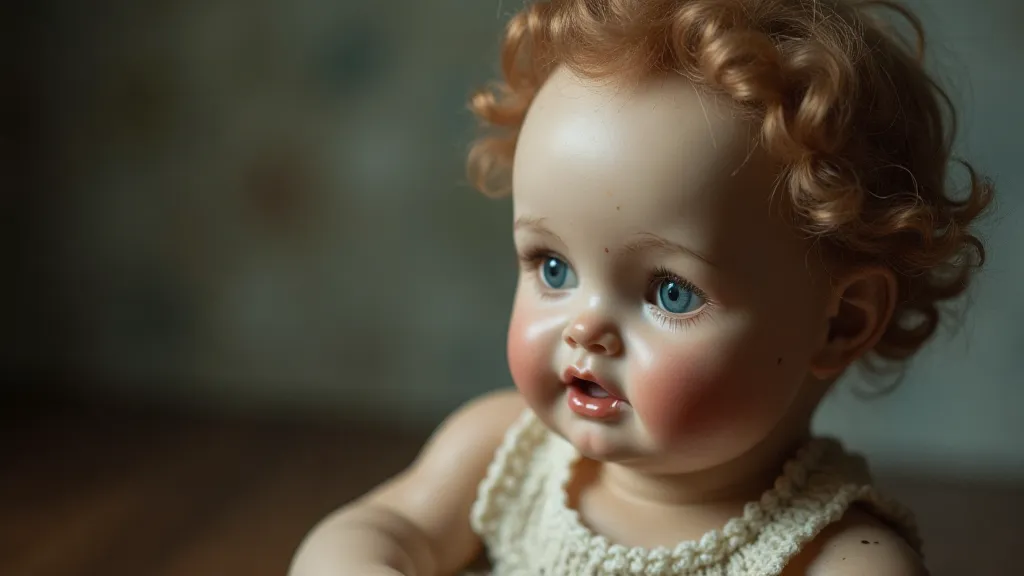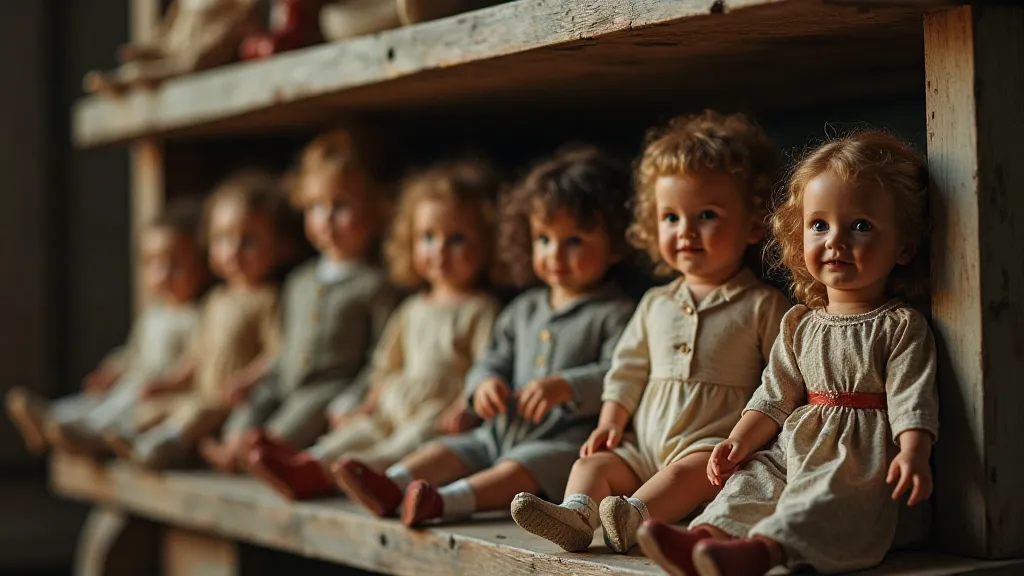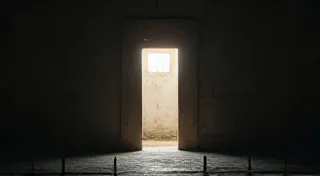The Gaze of Porcelain: Unmasking Nostalgia in Doll Collecting
There’s a stillness to antique dolls, a quietude that transcends mere inactivity. It’s a stillness that seems to hold secrets, echoes of laughter and tears, of childhoods lived and lost. For those of us drawn to these porcelain and bisque figures, the lure isn’t simply about possessing an object of beauty; it’s about encountering a silent witness to history, a tangible link to a past we yearn to understand, and perhaps, to reclaim.
My own journey into the world of doll collecting began unexpectedly. My grandmother, a woman of few words and even fewer outward displays of affection, kept a single doll tucked away in a cedar chest – a German bisque head doll with faded blue eyes and a delicate, cracked smile. As a child, I’m not sure I fully appreciated its beauty. It was just *Grandma’s doll*. But in the years after she passed, that doll became a beacon, a tangible connection to a woman I felt I never truly knew. Holding it, I found myself searching her expression for clues – a hint of the warmth I only glimpsed in her later years, a flicker of the youthful joy she rarely shared.

A History Etched in Porcelain
The history of antique dolls is surprisingly rich, reflecting evolving social trends and technological advancements. Early dolls, dating back to ancient civilizations, were primarily utilitarian – used in education and as playthings for children of privilege. However, the 19th century witnessed a significant shift, fueled by the industrial revolution. The introduction of mass production techniques made porcelain and bisque dolls increasingly accessible, transforming them from exclusive luxuries into cherished possessions for middle-class families. The impact of these evolving aesthetics wasn't limited to materials; the very shape and style of these dolls underwent dramatic changes, reflecting the evolving fashion trends of the era.
German manufacturers like Kämmer & Ritter, Jumeau, and Armand Marseille dominated the international market, producing dolls renowned for their exquisite detail and artistry. French dollmakers, meanwhile, championed elegance and sophistication, creating dolls that embodied the prevailing aesthetic ideals of the time. The “golden age” of doll collecting, roughly spanning the late 19th and early 20th centuries, produced a stunning array of dolls, each a testament to the craftsmanship and creativity of their makers. The rise of character dolls – characters based on literary figures or popular entertainers – further fueled the collecting frenzy.
The Collector’s Projection: Building Narratives
But the appeal of antique dolls extends far beyond their historical significance. It's deeply intertwined with our innate human desire for connection and narrative. We, as collectors, often project our own stories and emotions onto these silent figures. Their unchanging expressions become canvases for our imagination. We invent pasts for them, imagine the children who once cherished them, and find echoes of our own experiences reflected in their fragile forms.
Consider the blank slate of a doll’s expression. Is that a smile of contentment? A hint of melancholy? Or simply the neutral gaze of porcelain? It's our minds that fill in the details, imbuing the doll with a personality and a history that may or may not exist. This isn't necessarily a negative thing. It’s a testament to the power of empathy and the human need to find meaning in the world around us. It’s about creating a connection to something beyond ourselves, a link to a simpler, perhaps idealized, past.
I often find myself wondering about the little girl who once held *my* grandmother’s doll. Was she a child of privilege, or one who treasured a simple gift above all else? What were her dreams and fears? What joys and sorrows did she experience? The doll, of course, holds no answers. But the act of posing these questions, of crafting a narrative around its existence, brings me closer to understanding my grandmother, and perhaps, to understanding myself. The societal landscape in which these dolls were treasured provides a fascinating backdrop; a time when the threads of Victorian society were intricately woven into the dolls themselves.
The Allure of Imperfection: A Testament to Time
The beauty of antique dolls often lies not in their pristine condition, but in their imperfections. A hairline crack in the porcelain, a faded dress, a chipped finger – these aren’t flaws; they’re marks of time, evidence of a life lived, albeit a silent one. They’re tangible reminders of the passage of time and the fragility of human existence.

Restoration is a delicate balance in doll collecting. While some collectors prefer to preserve the original, untouched condition of their dolls (often referred to as “unrestored”), others believe that careful restoration can bring a doll back to a semblance of its former glory. The key is to strike a balance – to repair damage without sacrificing the doll’s authenticity and historical integrity. A heavy-handed restoration can often diminish a doll’s value and detract from its unique character. The dramatic shifts in manufacturing processes, and the eventual decline of many of these venerable firms, represent a significant chapter in the history of antique dolls, a decline that left a lasting legacy on the collecting world.
More Than Just Objects: Guardians of Memory
Collecting antique dolls isn't simply about acquiring objects; it's about preserving a piece of history, a tangible link to the past. It's about honoring the artistry and craftsmanship of the dollmakers, and remembering the children who once cherished these silent companions. It’s about acknowledging the power of memory and the enduring allure of childhood.
Perhaps the most profound aspect of doll collecting is the way it allows us to confront our own mortality and to reflect on the ephemeral nature of life. These dolls have outlived their original owners, enduring through generations, silently witnessing the ebb and flow of time. Holding them, we are reminded of our own place in the grand scheme of things, and of the importance of cherishing the moments we have.
My grandmother’s doll, now carefully displayed in a place of honor, is more than just an antique. It's a connection to my past, a reminder of a woman I wish I had known better, and a symbol of the enduring power of memory. It's a silent guardian of a legacy, and a testament to the enduring allure of porcelain gazes. The specific markings and labels often found on these antique dolls offer fascinating clues to their origin and production, allowing diligent collectors to decode these silent storytellers and uncover hidden histories.
Beyond the Aesthetic: A Glimpse into Production and Labor
While we often admire the beauty and artistry of antique dolls, it's important to consider the human cost behind their creation. The mass production of these dolls, particularly in the late 19th and early 20th centuries, involved complex labor systems, often employing women and children in factories. Examining the historical context of doll manufacturing provides a deeper appreciation for the societal factors that shaped their production, reminding us that these objects are not simply beautiful artifacts, but also products of a specific time and place. Further research into the evolution of these dolls reveals not only artistic and technical advancements, but also valuable insights into the lives of the workers who brought them to life. The stories embedded in these dolls extend beyond the narratives we project onto them, encompassing a rich and often-overlooked history of labor and industry. Understanding the methods used to create these dolls gives more appreciation for the artistry and innovation present in their manufacture.
The Continuing Appeal: A Legacy for Future Generations
The allure of antique dolls shows no signs of diminishing. As new generations discover the beauty and history of these porcelain treasures, their appeal will continue to endure. Collecting antique dolls is not merely a hobby; it's a way to connect with the past, to preserve a piece of history, and to celebrate the enduring power of childhood. Whether you're a seasoned collector or just beginning your journey, the world of antique dolls offers endless possibilities for discovery and appreciation.






